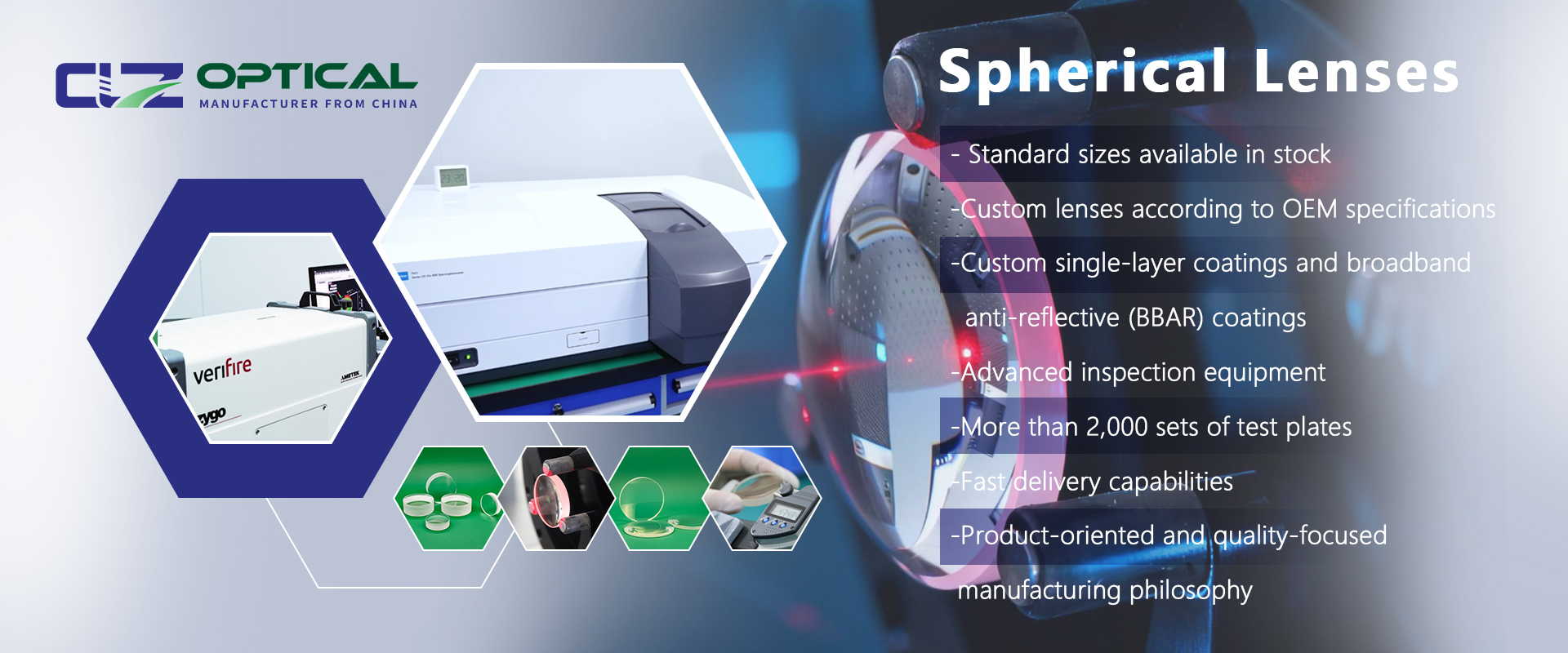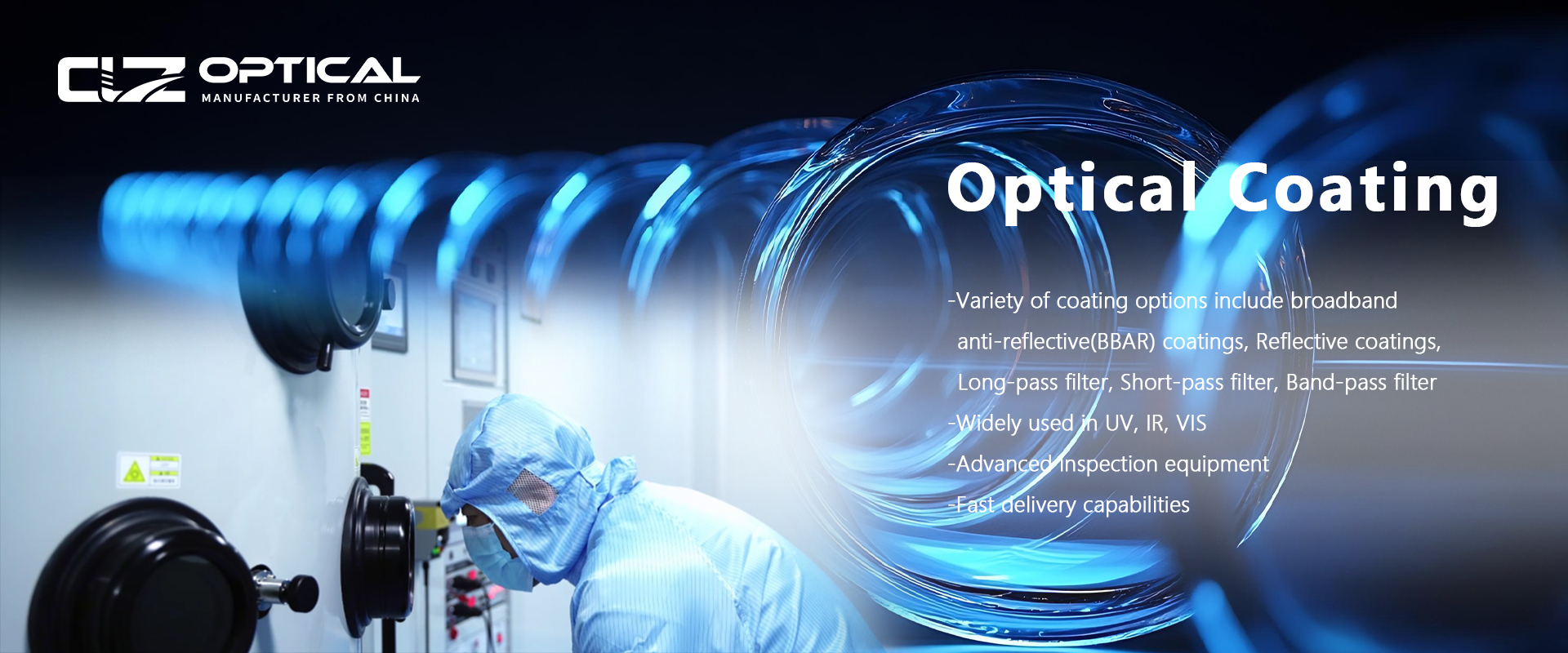Right Angle Prism: How It Works and What Uses It Has
Jul. 31, 2025
The right angle prism serves as a fundamental component in optical systems, leveraging its specific geometric configuration and optical properties to perform indispensable roles in optical path deflection and signal transmission. This element is critical for achieving miniaturization and functional integration in precision instruments, finding extensive utility across emerging technological domains.
1. Working Principles of the Right Angle Prism
1.1 Optical Path Direction Control Mechanism
Upon entering the prism perpendicularly through the incident face, light undergoes either total internal reflection on the hypotenuse or redirection via a surface reflective coating. This process precisely alters the propagation path, enabling 90° or 180° deflection and optical path folding. Adjusting the prism’s spatial orientation allows flexible configuration of diverse optical schemes. Total internal reflection relies on the material’s refractive index and critical angle conditions, while surface-coated reflection employs metallic layers (e.g., aluminum, silver) or dielectric coatings to enhance directional reflectivity.
1.2 Spectral Adaptation and Material Selection
Materials must be selected based on specific optical band requirements. Optical glass is commonly used for their high transmittance in the visible spectrum. For specialized bands such as ultraviolet or near-infrared, materials like fused silica, calcium fluoride, or zinc selenide are adopted, where transmission efficiency is constrained by inherent absorption characteristics.

2. Core Applications of the Right Angle Prism
2.1 Medical Imaging and Diagnostics
In medical endoscopes, the prism effectively compresses internal optical path lengths within probes, enabling ultra-slim designs for minimally invasive surgeries and stable transmission of high-definition images. For optical coherence tomography (OCT) systems, it assists in controlling reference paths and signal reflection routes, markedly improving the accuracy and resolution of biological tissue layer imaging.
2.2 Innovations in Consumer Electronics
Augmented reality (AR) and virtual reality (VR) devices utilize the prism to fold optical paths, substantially reducing the physical size of head-mounted displays and optimizing immersive visual experiences. Smartphone multi-camera modules leverage its ability to coordinate optical paths across multiple lenses, enhancing optical zoom capabilities and depth-of-field effects.
2.3 Industrial Automation and Inspection
Industrial laser processing systems rely on the prism to adjust the transmission direction of high-energy beams, ensuring precision machining (e.g., welding, cutting) at micron scales. In 3D modeling and surface scanning, the prism establishes structured optical frameworks, providing robust support for high-resolution surface reconstruction.
2.4 Research and Educational Tools
As a teaching aid in fundamental optics experiments, the prism intuitively demonstrates core principles such as total reflection and polarization control. In quantum optics research, it enables precise manipulation of single-photon trajectories, offering essential optical control for quantum entanglement preparation and communication experiments.
3. Conclusion
The right angle prism, distinguished by its unique geometry and superior optical path control, remains pivotal for spatial optimization and functional consolidation in optical systems. By steering light through total internal reflection or coated-surface reflection, it demonstrates exceptional versatility across medical imaging, consumer electronics, industrial inspection, and scientific research. From high-definition endoscopy in minimally invasive surgery to compact optical paths in AR devices, from laser-based micromachining to quantum information experiments, the prism persistently drives optical technology toward miniaturization, integration, and multifunctionality.
Previous: What Are Cylindrical Lenses?





















